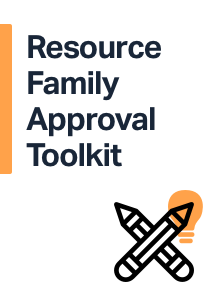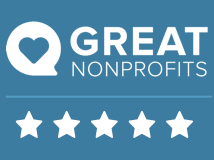Statistics reveal that, without support, youth in foster care continue to perform poorly in school compared to the general student population. Only 24% of youth in foster care met the English standards, compared to 51% of the general population, and only 15% met the Math standards, compared to 40% of the general population.
In response, the Alliance for Children’s Rights and a network of six school districts joined efforts in creating the Best Practices Guide to collectively implement and problem solve everyday barriers students in foster care face. It includes step-by-step guidance for creating district-wide systems to consistently implement the education rights of youth in foster care, featuring relevant laws, tools, equity and trauma considerations, and data collection tips. Topics covered include: identifying youth in foster care, school stability, immediate enrollment, partial credits, graduation, and data.
Many advocates gathered to make this happen, including district-level program directors with the political leverage to change policies and practices in the district, foster youth education liaisons and specialists working directly with youth in foster care who bring a wealth of knowledge about their unique needs, and data/information technology specialists to identify and implement the best methods for collecting meaningful local data measures.
While our previous Foster Youth Education Toolkit and Court Companion were intended to give school district staff and others the tools to implement education rights for individual youth, this Best Practices Guide is created to help a district create a system and practice to consistently implement education rights for all youth in foster care who it serves.
We want to add a special thank you to the districts that participated in the network and creation of this guide: Alhambra USD, Azusa USD, Bonita USD, Long Beach USD, Pomona USD, and West Covina USD, and thank all those who provided thoughtful expert input throughout the process: the Association of California School Administrators, California County Superintendents Educational Services Association, California Department of Education, California Department of Social Services, California School Boards Association, Child Welfare Council, County Welfare Directors Association of California, and the Education Coordinating Council.
We extend our gratitude to ECMC Foundation, Conrad N. Hilton Foundation, and Stuart Foundation for their generous support and partnership in this project.
Finally, thanks to everyone in our community who is working to topple barriers and create equitable learning environments for all students in our child welfare and juvenile justice systems. We hope that this guide serves as a helpful tool in this work.









